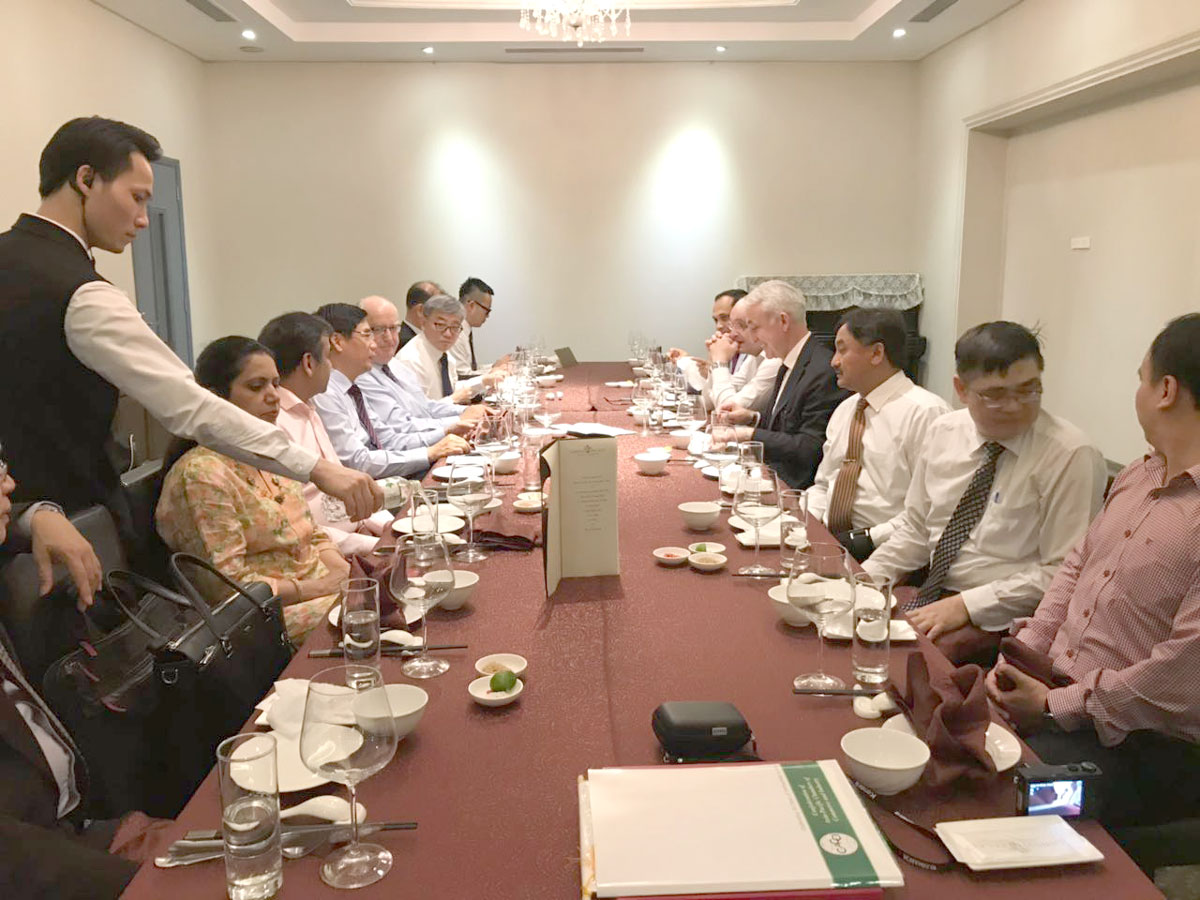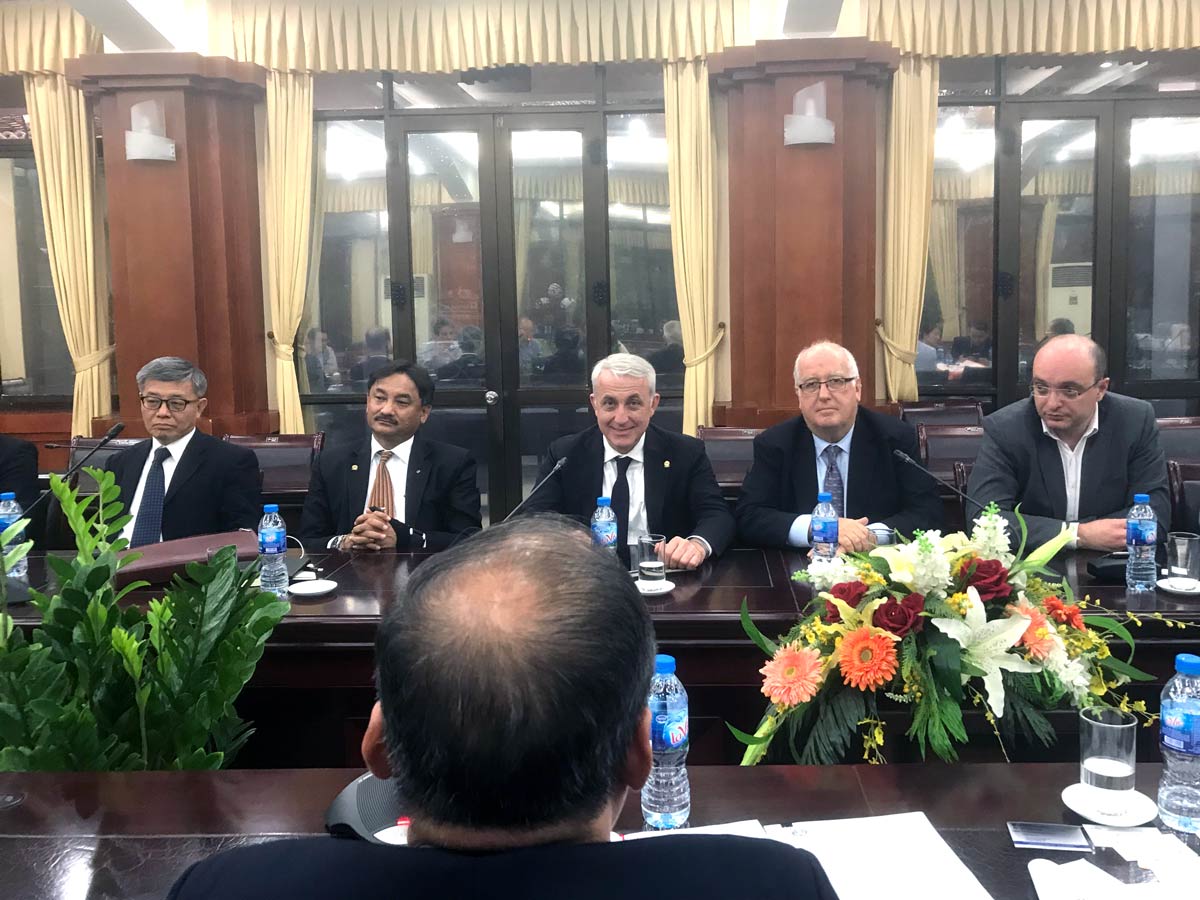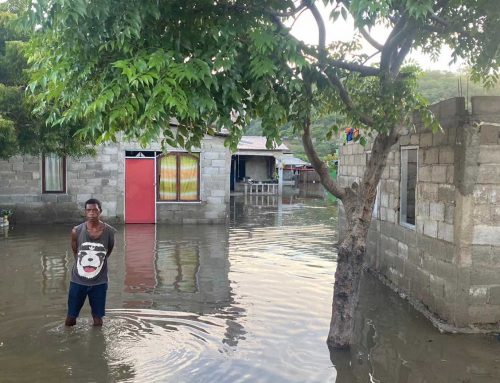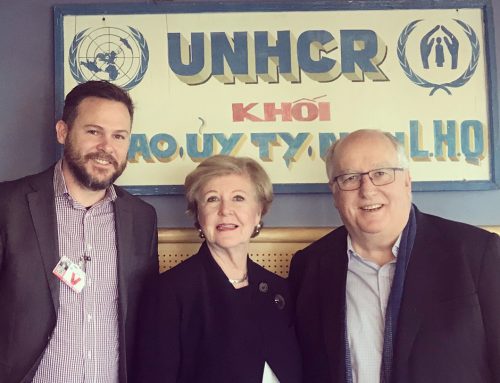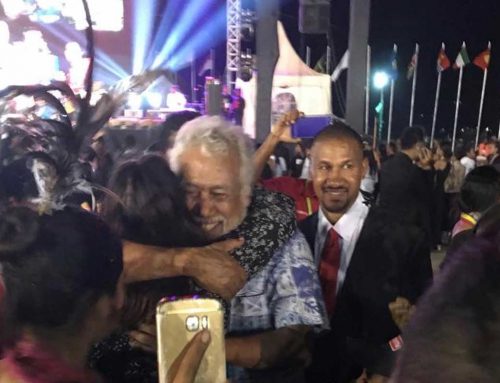In late April 2018, I participated, in my capacity as Vice President of CACCI (Confederation of Asia Pacific Chambers of Commerce and Industry) as part of a 13 person delegation of CACCI officers and members to the countries of Cambodia, Vietnam, and Laos. The intention of the visit was to explore the possibility of joint business ventures and investment cooperation with their local counterparts.
We, as the CACCI delegation, were given a great opportunity to meet with a variety of government officials and business representatives from the host countries. There was a healthy exchange of views on trade and investment. It was also a positive platform to identify trade and investment issues, strengths and opportunities.
Some interesting information was imparted throughout the visiting including:
- Mr Inaishvili, President of CACCI observed in a presentation that Cambodia has experienced strong growth over the last decade, with its GDP growing at an average of over 8% between 2000 and 2010 and about 7% since 2011. This represents the 6th highest GPD growth in the world.
- If there was any question about the economic potential of the Asia-Pacific region, Dr Khuong, Vice Executive President of the Vietnam Chamber of Commerce and Industry (VCCI) included in his presentations that the Asia-Pacific region can be considered the largest consumer marketing in the world with a multitude of rising powers such as Japan, China and South Korea and a total GDP accounting for 60% of the world’s total GDP.
- Vietnam, since signing the Comprehensive and Progressive Agreement for Trans-Pacific Partnership (CPTPP), cooperation with major economies and markets would soon be virtually unlimited for Vietnamese businesses, in order for them to accelerate operations and trade, while gaining access to advanced production technology and improved management and administration.
- Within the Vietnamese Ministry of Commerce and Industry, Mr Hung, the Deputy Director General of the Asia-Africa Market Department shared his views on the trade and investment opportunities offered by Vietnam.
- He highlighted the potentially big market with a population of 95 million, of which 70 million is in the working age;
- the political stability of the country;
- the large inflow of capital into the country including some $320 billion in foreign direct investments;
- a transparent and facilitating policy environment for trade and investment; and the country’s keen interest and efforts to achieve economic integration with the global market.
- Vice Minister Vu Tan Tam within the Ministry of Agriculture and Rural Development pointed out that the Vietnamese Government is keen to modernise agricultural manufacturing and the operations of the country’ farmers, encouraging them to focus on high-tech agriculture and being part of the value chain, to move from low-value material processing to high value-added production.
- As part of our Laos visit, the delegation visited the Vientiane Saysettha Development Zone, located in a suburban district 17 kilometers northeast of Vientiane. The Zone, covering 11 square kilometers was jointly developed by China’s Yunnan Provincial Overseas Investment Co. Ltd and the Vientiane Municipal Government. Up to 2017, it had attracted nearly 40 companies from around Asia, and that is expected to grow to more than 200 companies operating in The Zone by its completion in 2030.The Zone follows the development model of an integrated industrial park and new city. The city will serve as the foundation for the industrial space and will help develop the industrial economy, while industry will play the vital supporting role, driving urban renewal and improving support services.
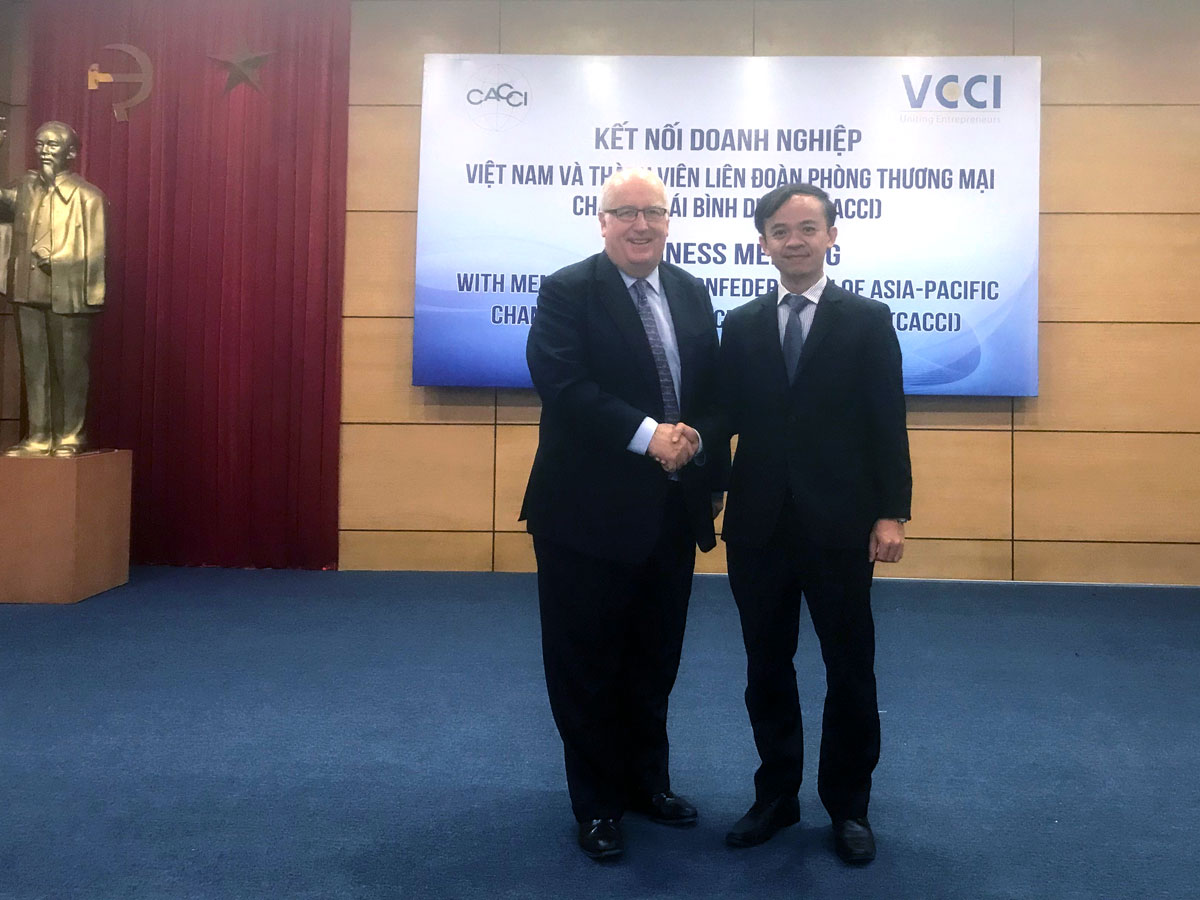
Hanoi Meeting
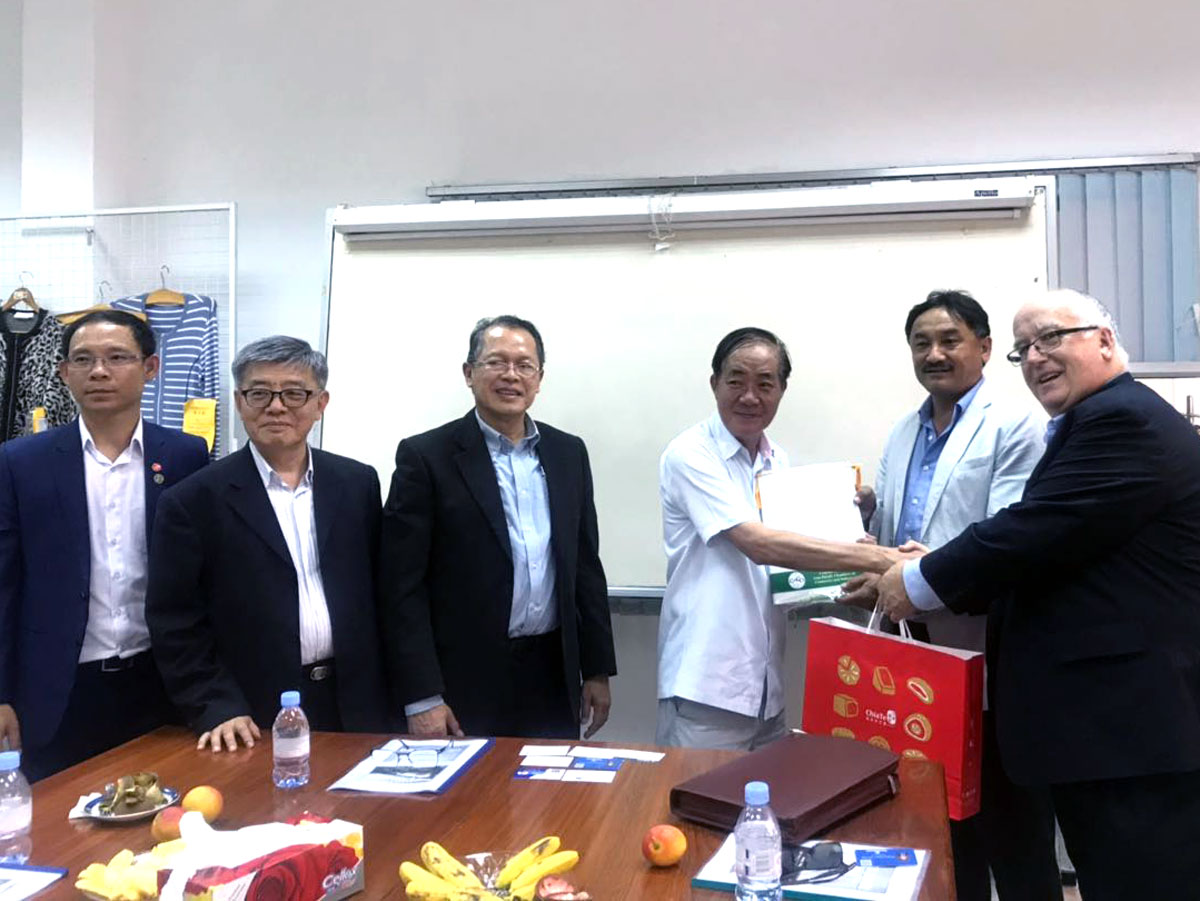
Business leaders meeting in Phnom Penh (above & below)
